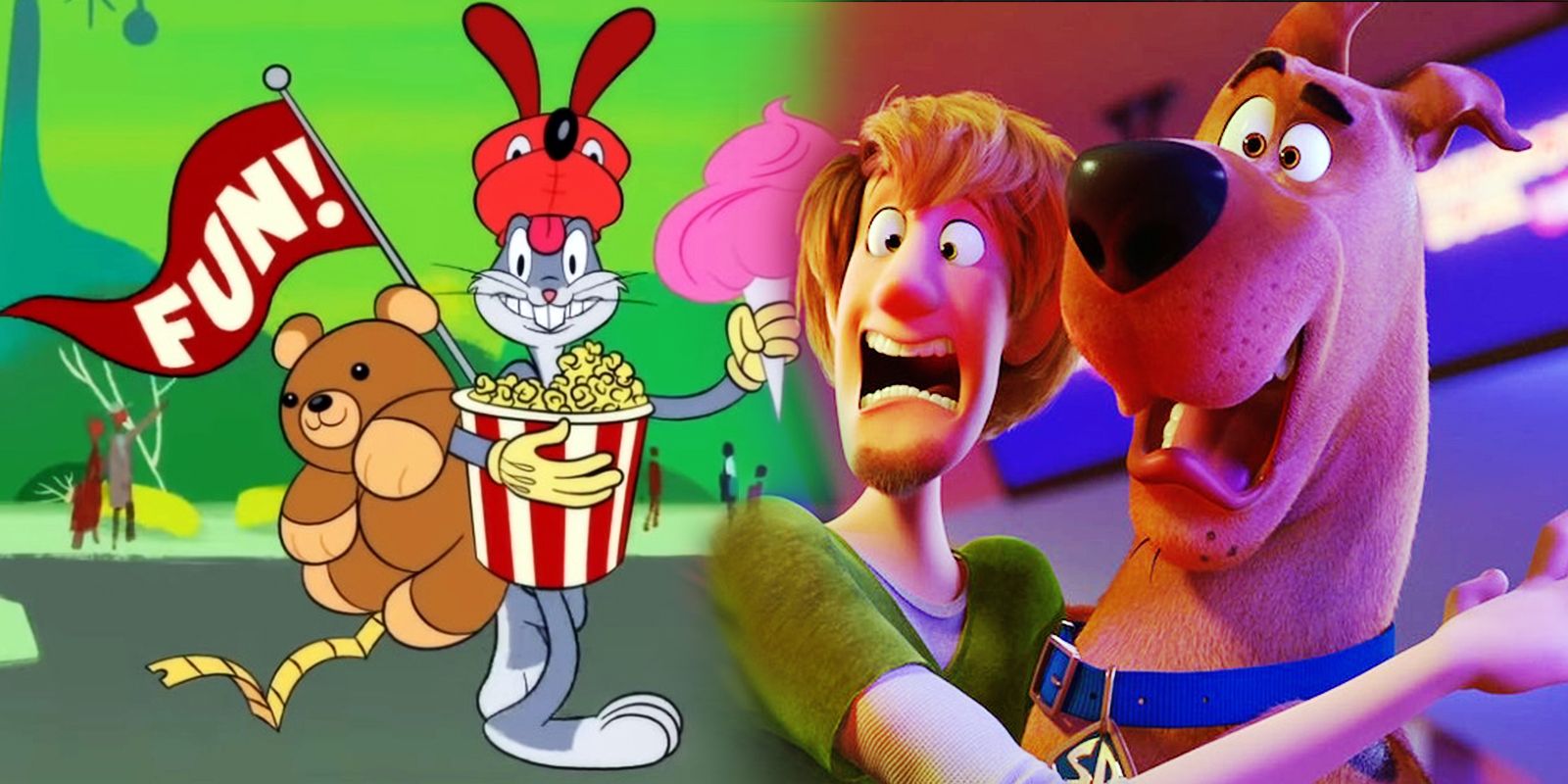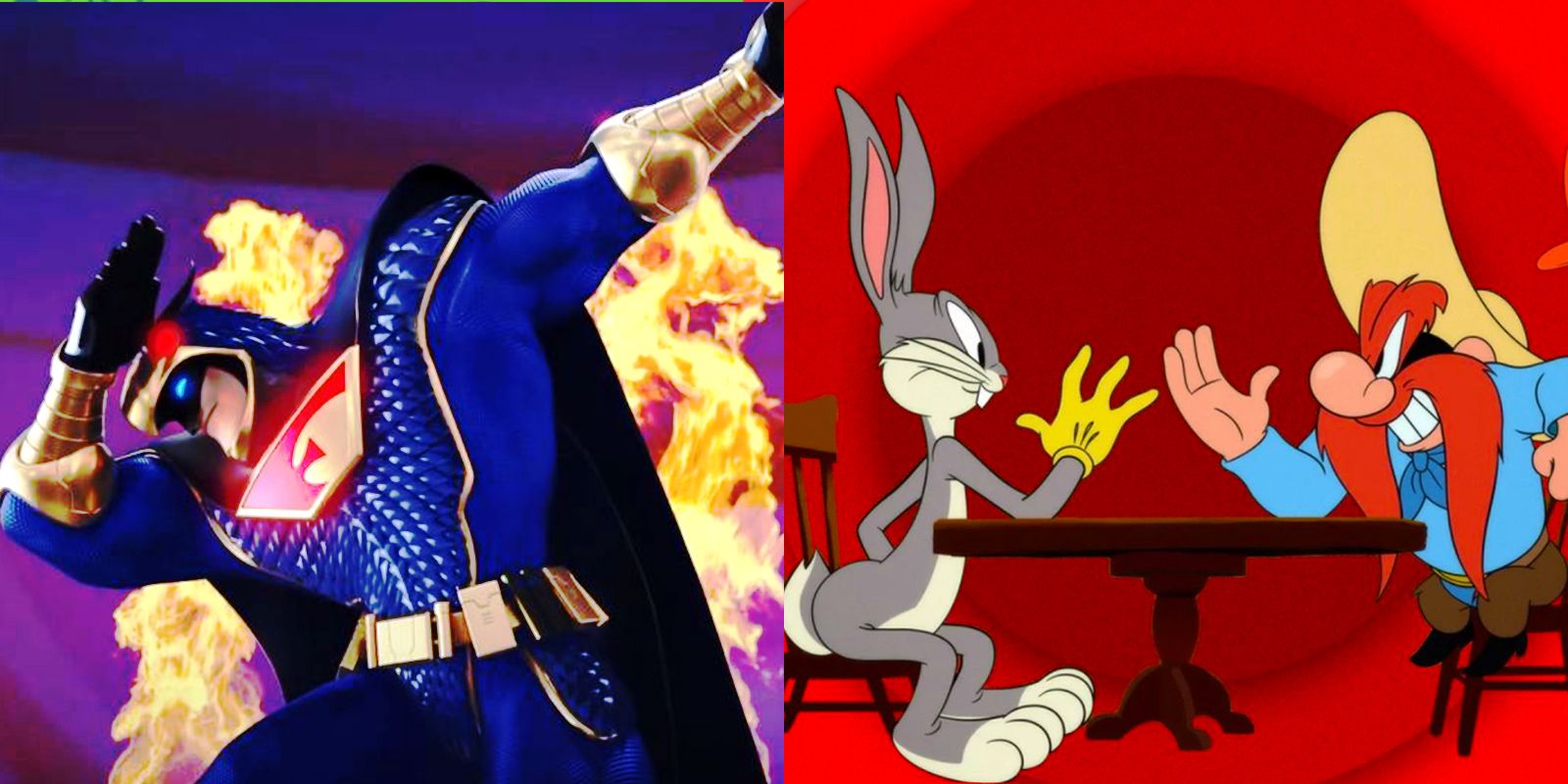In an era of endless reboots and remakes, HBO Max adapted the classic Looney Tunes Cartoons for a modern audience without taking out what made the originals famous, unlike the 3D-animated film Scoob!. HBO Max launched in May 2020 with an assorted catalog of animated movies and shows from the Warner Bros. library, including titles from Hanna-Barbera (Tom & Jerry, The Flintstones), Adult Swim (Robot Chicken, Samurai Jack), and Cartoon Network (Dexter’s Laboratory, The Powerpuff Girls). In a successful effort to bring back Warner Bros.' most famous characters into the spotlight, HBO Max also premiered the original show Looney Tunes Cartoons, a modernization of the quintessential series from the golden age of American animation.
After dozens of different 2D-animated animated shows, TV movies, and Scooby-Doo live-action movies in its half a century of existence, Warner Bros. attempted to reinvent the most emblematic Hanna-Barbera franchise with Scoob!, the first 3D adaptation of the title. The film expanded on the Hanna-Barbera universe from the get-go and introduced several of its characters, teasing an extended franchise akin to the likes of the Marvel Cinematic Universe. Meanwhile, Looney Tunes Cartoons brought back all of the beloved characters from the 1930s series, only giving them a more streamlined makeover in the visual department with a modern update on the original animation technique.
Both revivals count with a talented voice cast and an impeccable visual execution, even though Scoob! chose to depart from its familiar 2D format. The contrast between the two revivals goes beyond their visuals and their scope, however, and that's where the balance really tips in favor of Looney Tunes. While Looney Toons Cartoons could pass for a visually optimized version of the same show from ninety years ago with its authentic humor, style, and character personalities, most of the differences between Scoob! and the original cartoon leave the show's essence behind. Instead of solving spooky mysteries, the Mystery inc. gang tries to stop a supervillain; instead of developing the famous core team, the film presents a legion of different characters from other titles, and instead of utilizing carefully-constructed gags, a considerable part of its jokes relies on pop culture references that won't age as well as Looney Tunes' evergreen brand of wacky humor.
The biggest complaint about the HBO Max original series is that in Looney Tunes Cartoons, Elmer Fudd doesn't have a gun. Although this small change has sparked some controversy, it's reasonable to assume that these kinds of details are prone to change with each era. After all, Fudd's undying vendetta against Bugs Bunny remains the same, and the clever humor that overflows all of their interactions is as hilarious as it has ever been. The storytelling in the 2020 revamp is air-tight, with no short-lived references or teases at a future expansion of the franchise, leaving no possibility for any part of the audience to miss a single beat of the action. Together with slight changes at Looney Tunes characters like Wile E. Coyote actually running into his painted tunnel, the new show manages to keep a new generation of viewers laughing genuinely.
It's evident that this amount of faithfulness to the original material is what the general audience is looking for, as evidenced by how Looney Tunes Cartoons instantly became HBO Max's most popular show after its launch. However, it's not the initial success that proves how authenticity reigns over the predominance of a trend, but rather the longevity of a creative work several decades after its debut. In another ninety years' time, Looney Tunes Cartoons will probably still spark the same laughs as it has always done.


